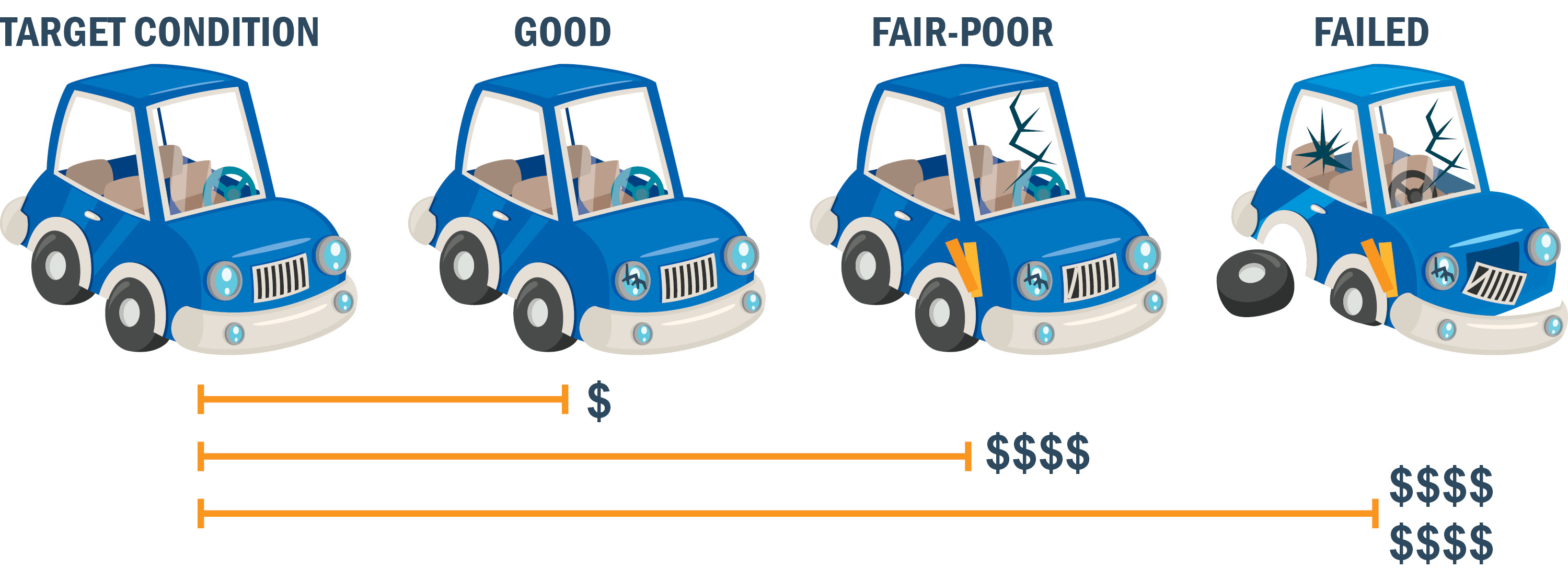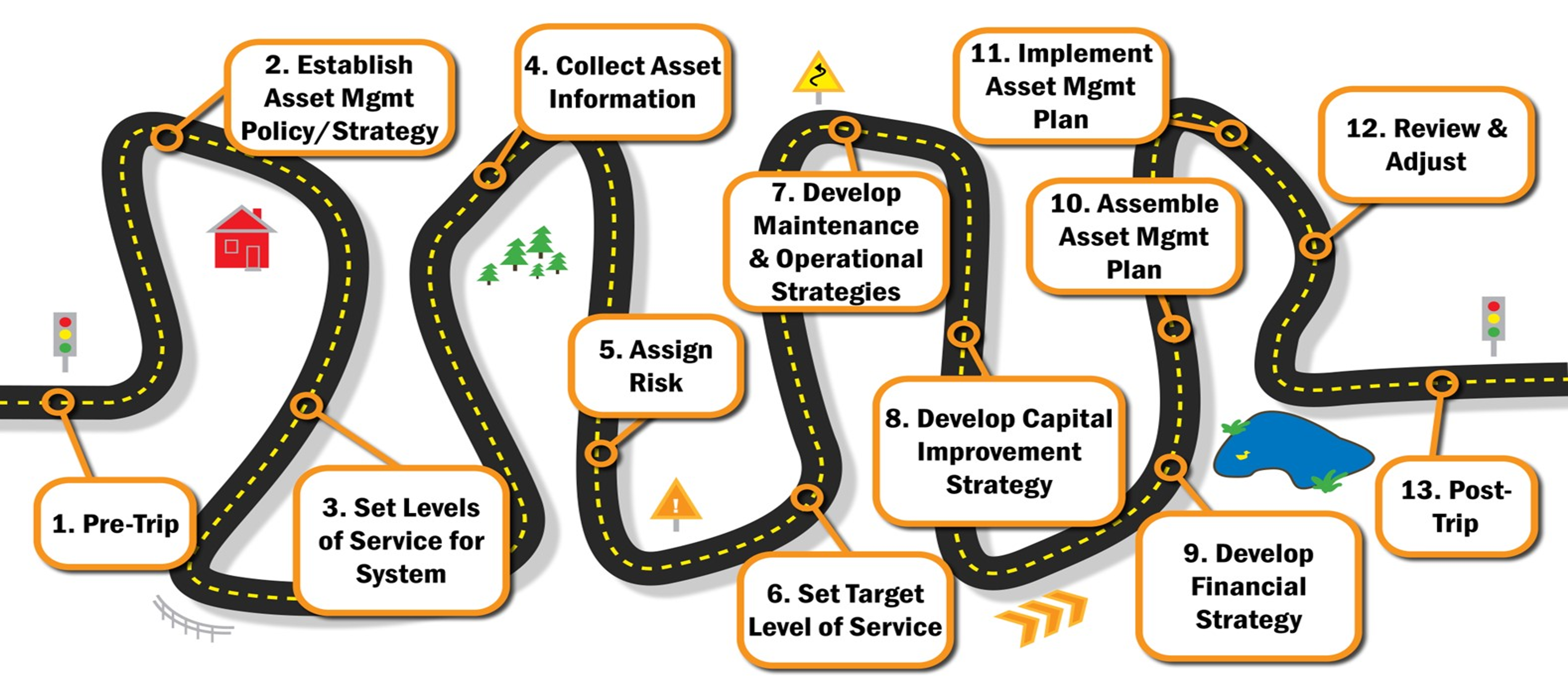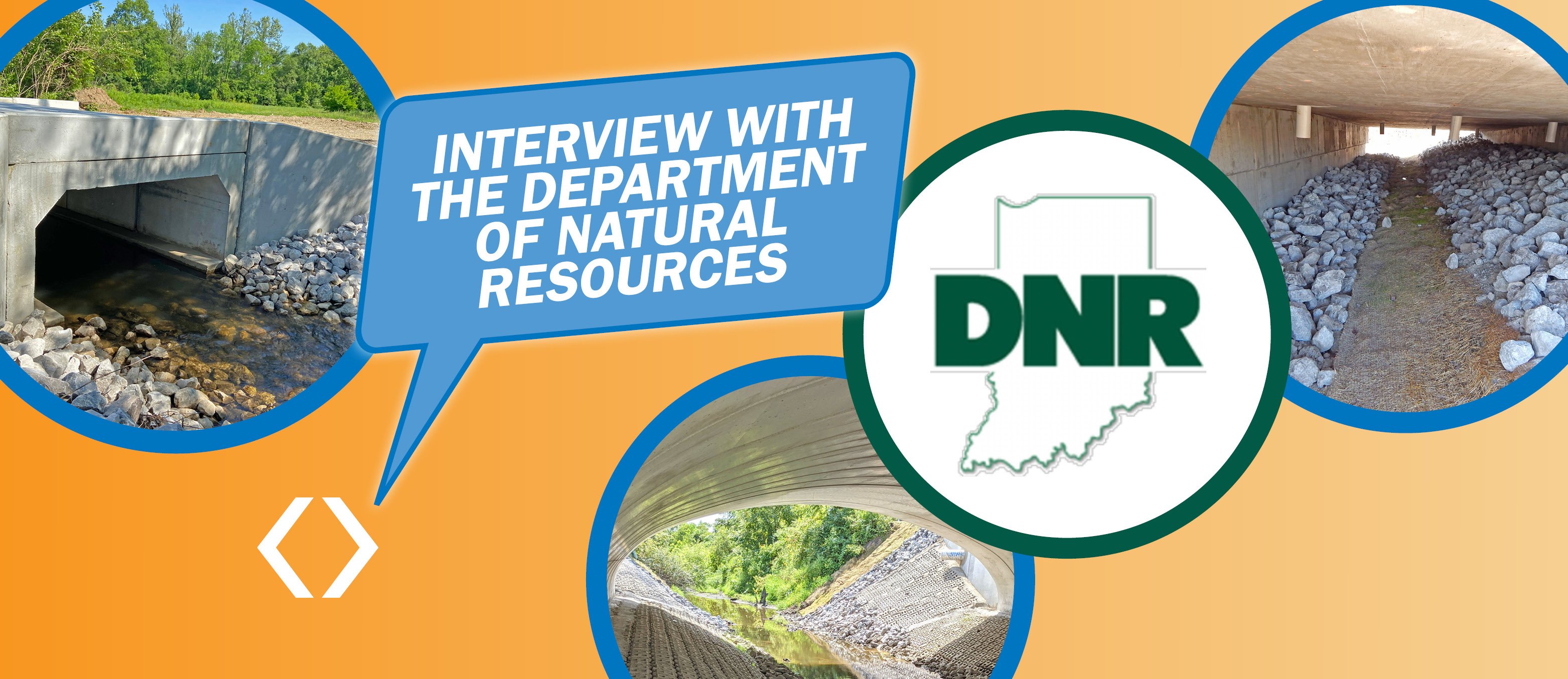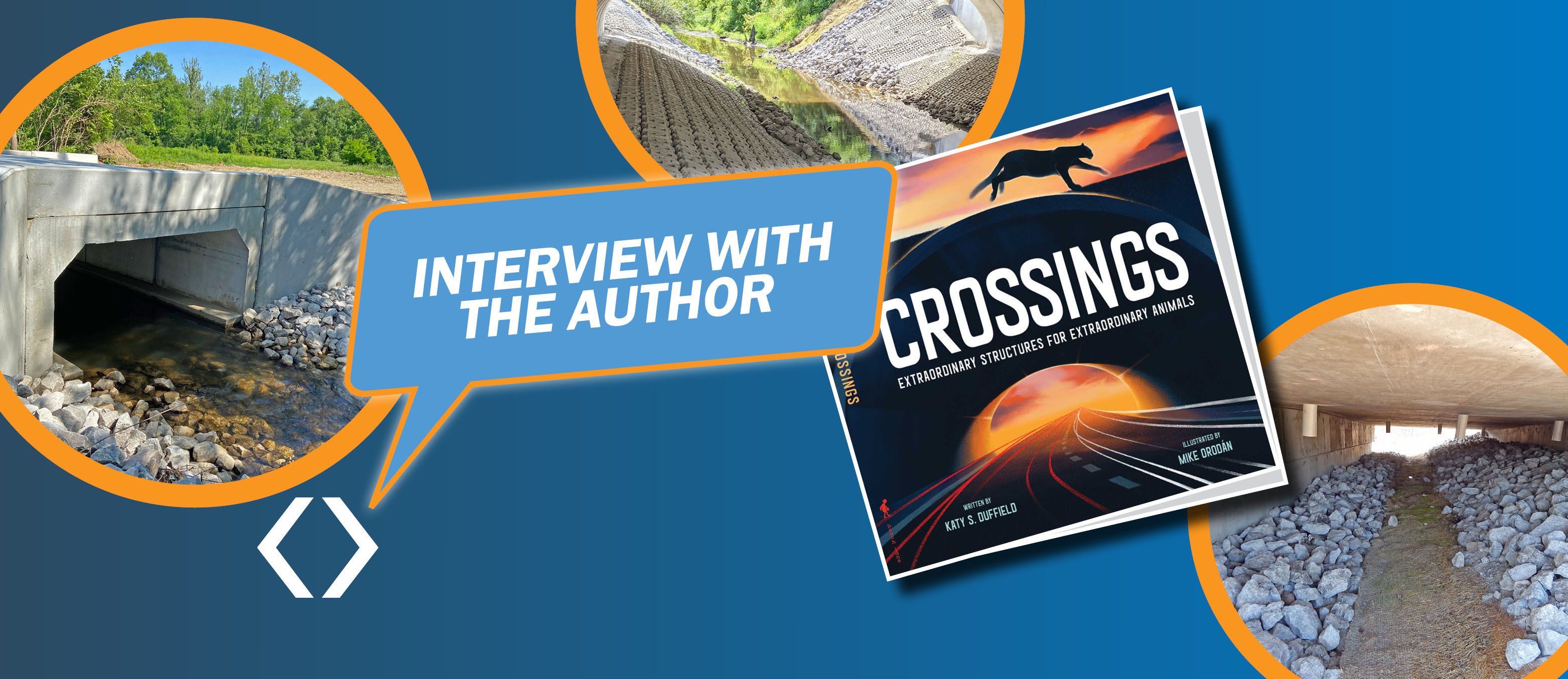Community residents often question why tax dollars are spent on road improvements when the streets in their neighborhood already seem satisfactory. However, this perspective overlooks the significance of responsible Asset Management Planning (AMP) and the utilization of Maintenance Procedures Manuals (MPM) by local governments to maintain vital infrastructure effectively.
According to the American Society of Civil Engineers (ASCE) Report Card for America's Infrastructure in 2021, the cost of deferred maintenance on infrastructure assets can be up to three times higher than proactive maintenance. Engineers advocate for proactive maintenance, which involves following maintenance operating procedures, conducting regular inspections, and addressing issues promptly rather than waiting for complete failure. By implementing incremental road improvement projects, the need for expensive total replacements can be prevented.
THE GUIDING PRINCIPLE
Asset Management Planning is a critical aspect of local municipal government operations as it ensures responsible stewardship of taxpayer money while maintaining the functionality of critical infrastructure. Effective asset management requires the implementation of maintenance procedure manuals to guide the upkeep of infrastructure components, ensuring optimal performance. Educating community residents about the benefits of asset management planning and the necessity of maintenance procedures manuals is crucial for responsible resource management.
THE RIGHT TREATMENT AT THE RIGHT TIME FOR THE RIGHT REASON
When promoting AMP, the principle of "right treatment at the right time for the right reason" is often emphasized. This principle suggests that municipal assets should receive appropriate maintenance treatments at the right times to ensure their continued operation. Asset management involves developing and implementing strategies for effectively managing infrastructure assets, including maintenance, replacement, and rehabilitation activities. By employing asset management practices, local municipal governments can make informed decisions on resource allocation for infrastructure maintenance.

ARMING MUNICIPAL STAFF WITH DECISION-READY INORMATION
One of the primary benefits of asset management is that it enables city engineers to make informed decisions regarding infrastructure investment. By having detailed information about the condition of infrastructure components, engineers can determine when maintenance or replacement activities should be carried out. For instance, if an engineer knows the condition of a bridge, they can determine whether immediate repairs are needed or if they can wait until the next scheduled maintenance. This information ensures efficient use of taxpayer dollars while preserving critical infrastructure.
In addition to informed decision-making, asset management helps reduce long-term infrastructure costs for local municipal governments. Studies have shown that asset management programs can significantly reduce the life-cycle cost of infrastructure components. For example, a 2011 study by the Federal Highway Administration revealed that implementing an asset management program for bridges could save up to 10% on life-cycle costs compared to traditional maintenance approaches. This cost savings is achieved by identifying critical components early and addressing them before they lead to more expensive repairs.
A HOLISTIC APPROACH: MAINTENANCE OPERATING MANUALS
To ensure the effectiveness of asset management programs, local municipal governments must implement maintenance procedures manuals. These manuals play a crucial role in ensuring the long-term sustainability and functionality of critical infrastructure assets. However, a 2018 study published in the Transportation Research Record titled An Assessment of the Use of Maintenance Manuals in Local Governments revealed that despite 76% of the surveyed agencies reporting the presence of manuals for infrastructure assets, only 58% of them reported regular usage.

A Maintenance Procedures Manual (MPM) is a document that provides detailed instructions on how to perform maintenance on a particular asset or system. MPMs are an essential part of any asset management program, as they help to ensure that assets are properly maintained and that their performance is maximized.
IMPORTANCE OF A MAINTENANCE PROCEDURES MANUAL
There are many reasons why a Maintenance Procedures Manual is important and play a key role in Asset Managment. Some of the most important reasons include:
- Improves efficiency: By providing clear and concise instructions on how to perform maintenance, MPMs can help to improve the efficiency of maintenance operations. This can lead to savings in time and money.
- Reduces risk: By standardizing maintenance procedures, MPMs can help to reduce the risk of accidents and injuries. This is important, as accidents and injuries can lead to costly downtime and lawsuits.
- Extends asset life: By following the procedures outlined in an MPM, maintenance staff can help to extend the life of assets. This can save money in the long run, as it will reduce the need to replace assets as often.
- Improves performance: By following the procedures outlined in an MPM, maintenance staff can help to improve the performance of assets. This can lead to increased productivity, reduced downtime, and improved safety.
- Communicating maintenance requirements to other stakeholders: MPMs can be used to communicate maintenance requirements to other stakeholders, such as engineers, managers, and operators. This can help to ensure that everyone is on the same page when it comes to maintenance, which can lead to improved asset performance.
MPMs are an essential part of any asset management program. By providing clear and concise instructions on how to perform maintenance, MPMs can help to ensure that assets are properly maintained and that their performance is maximized. If you are responsible for managing assets, I encourage you to develop or obtain an MPM for each asset or system under your control. An MPM can be a valuable tool that can help you to improve the efficiency and effectiveness of your asset management program.
Some additional tips for developing or obtaining an MPM:
- Make sure that the MPM is written by someone who has expertise with the particular asset or system.
- Get input from maintenance staff when developing the MPM.
- Make sure that the MPM is clear, concise, and easy to follow.
- Review the MPM on a regular basis and update it as needed.
Maintenance procedure manuals are a vital component of asset management in transportation. They provide detailed guidance for maintenance activities, ensuring that infrastructure components receive the necessary care at the right time. By using these manuals, local municipal governments can enhance the efficiency of their maintenance operations, reduce long-term infrastructure costs, and maintain the optimal performance of critical infrastructure assets.





